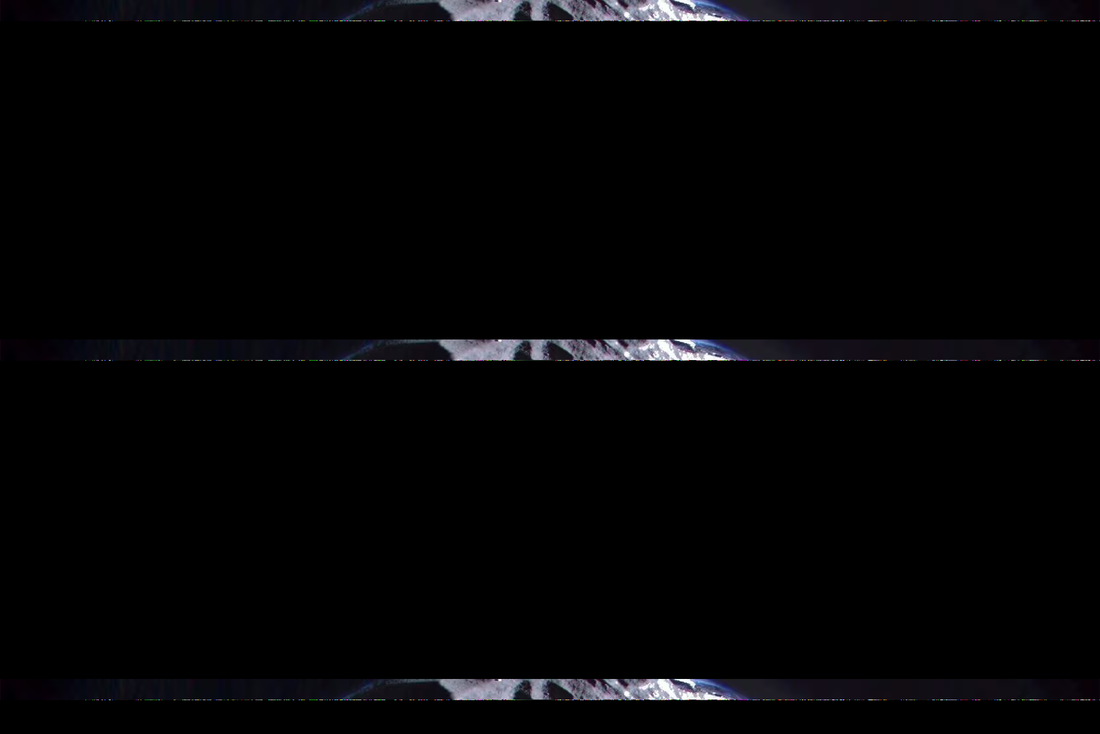
The U.S. (sort of) Returned to the Moon
Share
While headlines proclaimed "America's return to the Moon," the recent landing of the "Odysseus" spacecraft presents a more nuanced picture. This mission, though technically successful, wasn't a NASA-led venture with astronauts setting foot on lunar soil. Instead, it marks a significant milestone for private companies in space exploration and their potential to reshape the future of lunar missions.
Firstly, this wasn't a complete "comeback" for the US in the way past Apollo missions were. Instead, it represents the first successful lunar landing for a US-built spacecraft in over 50 years. Importantly, this mission carried only scientific payloads, contrasting with the iconic crewed landings of the past.
However, what makes "Odysseus" truly ground-breaking is that it marks the first time a private company, Intuitive Machines, has successfully delivered cargo to the Moon's surface. This collaboration with NASA highlights the growing role of private industry in space exploration, potentially leading to a future where companies like Intuitive Machines become key players in lunar exploration and beyond.
This mission also reflects a strategic shift within NASA. The space agency's focus has shifted towards destinations like Mars, but they haven't forgotten the Moon as a valuable proving ground. Through the Commercial Lunar Payload Services (CLPS) program, NASA aims to reduce the cost of delivering payloads to the Moon, freeing up resources for other endeavours.

Landing near the Moon's south pole presented unique challenges. Complex orbital manoeuvres and heavily cratered terrain with long shadows tested the spacecraft's autonomous landing system. Despite these hurdles, "Odysseus" successfully touched down, showcasing the growing capabilities of both private and public space technology.
Furthermore, the mission demonstrated the potential for cost-effective space exploration. By partnering with Intuitive Machines, NASA achieved this landing at a significantly lower cost compared to traditional missions. This opens doors for frequent and efficient testing of new space hardware, paving the way for future exploration initiatives.

However, the mission wasn't without its hiccups. Just before landing, a malfunctioning navigation system threatened the success of the mission. Thankfully, a stroke of serendipity intervened. NASA's onboard Navigation Doppler Lidar experiment (NDL), designed for future missions, provided crucial data that helped guide the lander to a safe touchdown.
Though initially landing at an angle, the spacecraft is operational and currently transmitting data. However, it appears to have partially tipped over, potentially damaging some payload, including a privately funded artwork linked to NFTs.
The lander's operational lifespan is expected to be about a week before it succumbs to the lunar night, becoming another artefact frozen in time on the lunar surface.
Looking ahead, this mission exemplifies NASA's efforts to stimulate a market for low-cost lunar payload services through partnerships with private companies. While some failures are inevitable, the overall goal is to foster a diverse pool of providers and accumulate valuable experience in lunar operations.
The long-term viability of this private space market remains uncertain. The novelty of sending items like clothing to the Moon might wear off, potentially leading to a decline in funding from such ventures. However, space exploration driven by scientific goals is likely to continue receiving support from space agencies and public contributions.
For Australia, this evolving landscape presents both challenges and opportunities. Ideally, this approach could offer a cost-effective platform for Australian participation in space exploration, allowing the nation to test its own technologies without breaking the bank. This could lead to significant benefits for scientific research, education, and national security.
However, the road ahead is not without obstacles. US budgetary issues, funding cuts, and subsequent layoffs pose potential threats to this progress. Additionally, Australia's relatively low investment in scientific research and limited funding for its space agency raises questions about its future participation in such endeavours.
Ultimately, the choice lies with Australia: actively compete with the established players like the US, or leverage these emerging low-cost options to contribute meaningfully to scientific exploration and develop its spacefaring future. While the "Odysseus" mission might not have been a giant leap for mankind, it undoubtedly represents a significant step forward for private enterprise in space exploration, paving the way for a more collaborative and potentially affordable future.
You’ve come this far…
Why not venture a little further into A.S.S. - our exclusive Australian Space Society.
And keep thrusting Australia into the deep unknown…
#Space_Aus




